Friday: Coral Cleaning
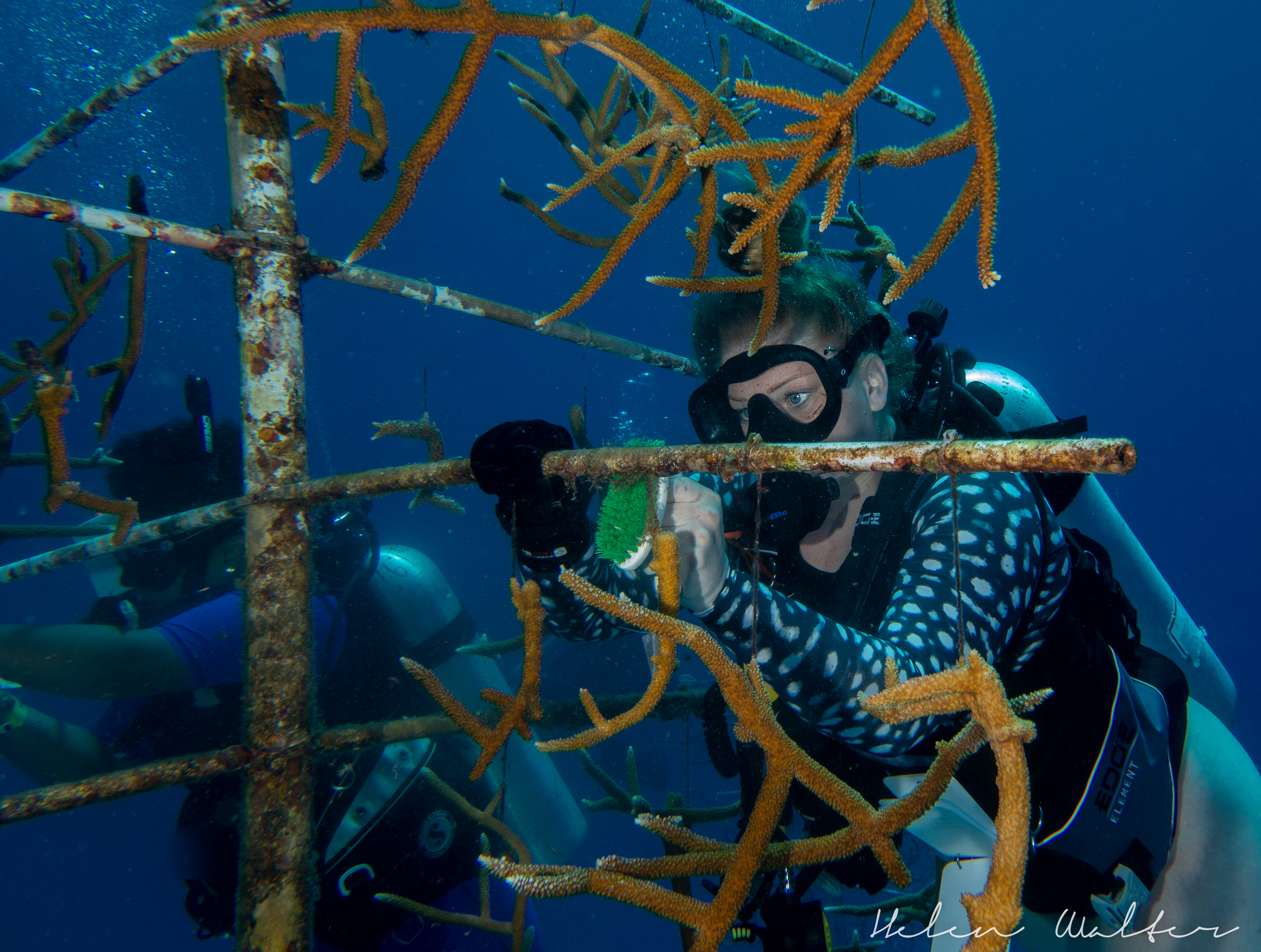
Sorry for the lateness of this one. Sophie was unfortunately not feeling too well at the time. However, here’s our blog for the day:
Today’s blog post is from Sophie Conroy, my other Teaching Assistant for this class.
There is nothing better than letting your inner child out every so often and that is exactly what we did today. This morning was filled the dolphin swim and coral restoration work, but we first had a rocky start. It started off with some of our students, me included, feeling nauseous and dizzy most likely from the celebration food the other day. I even heard someone else on the resort having similar issues, so it is not just us. After handing out the correct medications almost everyone began to feel better, except for one. This student unfortunately got stung by a bee, then tripped on a stair and fell, twisting their ankle. As unfortunate as that was, they still decided to come with the group on the dolphin swim.
We arrived at the Bailey’s key, the dolphin sanctuary, in a long boat with smiles plastered on everyone’s face. None of us could contain our excitement as we walked around the pens to the lockers. We were instructed to take our snorkeling gear to the rocks, where we were split into two groups of seven. Each group met with a trainer and a dolphin; for my group our trainer was Carlos and the dolphin was named Tilly. Carlos talked us through the most important things to know about dolphins, like their anatomy and typical habits. For example, Tilly is a female which can be discovered by the three slits, the genitals and mammary glands, below her belly button; males only have one. Kindly enough, Tilly showed us her bits although I’m not sure how she really felt about it.
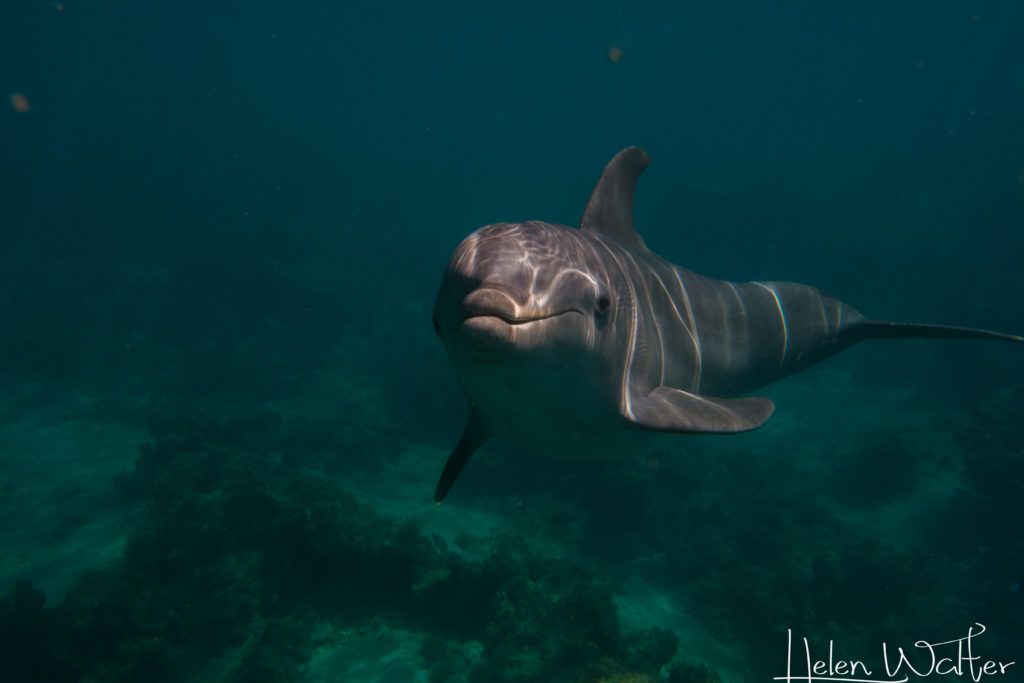
We learned that dolphins don’t mate with the intention of producing an offspring, but they instead mate for pleasure. At this point, we learned that Tilly is four months pregnant and the trainers are in a little pickle. Male dolphins have been known to kill the calf so they can mate with that female much faster than if she had to worry about a calf. This can be stopped if the alpha male accepts the calf, however there are two potential alpha males at the current moment of time so the trainers are not sure what will happen, but they are confident they can control the situation to ensure the calf’s survival. Tilly then graced us with kiss pictures and cool tricks before we were sent to get our gear and join them for a swim. In total there were about six dolphins swimming around with the fourteen of us. Many of us had moments with these dolphins by either playing, having them circle us, or accepting their little presents. Overall it was incredibly fun for everyone as we let our inner five-year-old out to play.
Next on the agenda was a coral restoration dive. The goal was to scrub the algae off the pipes and plastic strings, with a large brush and toothbrush as our handy-dandy tools, that made up the coral tree. Split up in ones and twos we began to work. It started off a little rocky because some were bumping into the corals but figured it out very quickly after getting a look from Jen, the director of RIMS. I had some challenges too, but mine were a bit more complicated. The zip ties on the particular tree I was working on were old and broke once I started scrubbing. There were about three pieces that fell off and had to be tied back on with new zip ties and fortunately for us none of those pieces broke. After about an hour students had to be dragged away from this therapeutic exercise, but extremely excited to do it again tomorrow.
It is now 12:30ish and everyone is ready for lunch. We all devoured our meals so quickly, I don’t even remember what we ate. At this point, I began to feel dizzy and nauseous forcing me to bow out of the rest of the day. While I went to go lie down, the rest of the students went on a fun afternoon dive at Bear’s Den. This dive site is full of swim throughs or tunnels that divers can explore. About half of the students found a small yellow seahorse hiding amongst the corals and everyone was greeted by a swarm of different species of fish as they ended the dive. It was now time to take a surface interval full of tank switching and research time, so everyone would be prepared for the night dive.
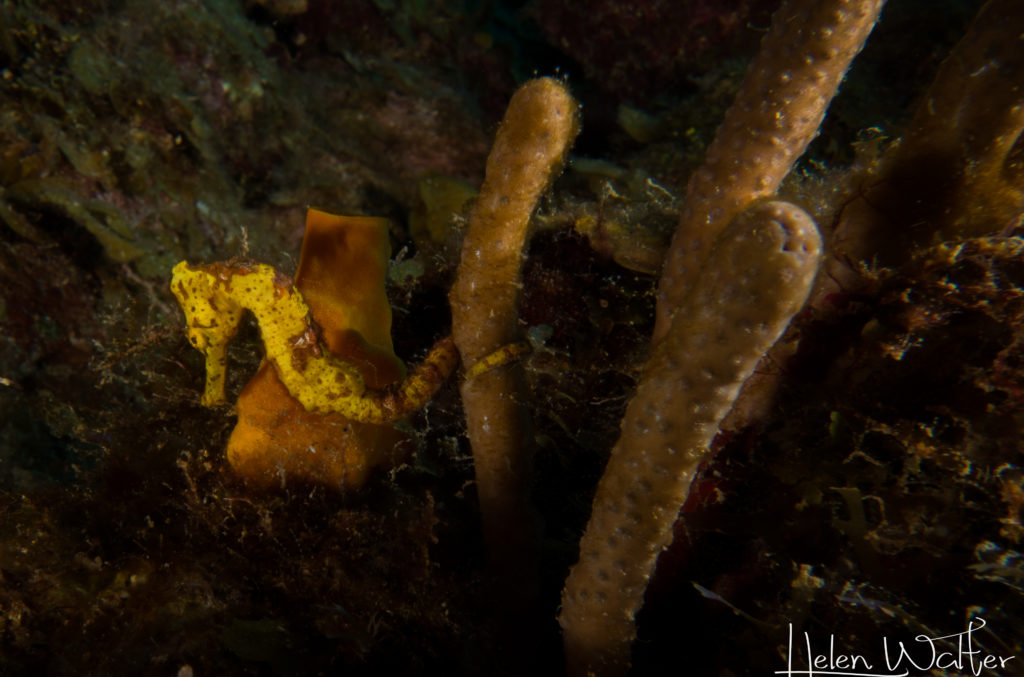
Did you know seahorses camouflage themselves and have to eat constantly as they’ve no stomach!
The night dive was supposed to be Thursday, but because most of our students are new divers and because there was a large surge, the dive was moved to Friday. The lecture, however, was done by Mickey Charteris (Mickey wrote the textbook that we use in this class – Dr. Walter) on Thursday. During this lecture the students learned about what they might see while on their night dive, like octopus, squirrelfish, lobster, and so much more. The students were excited about seeing a whole new side to the underwater world and even more amazed when they came back. According to many students, there were three octopus that made an appearance on their dive, two Caribbean and one Common.
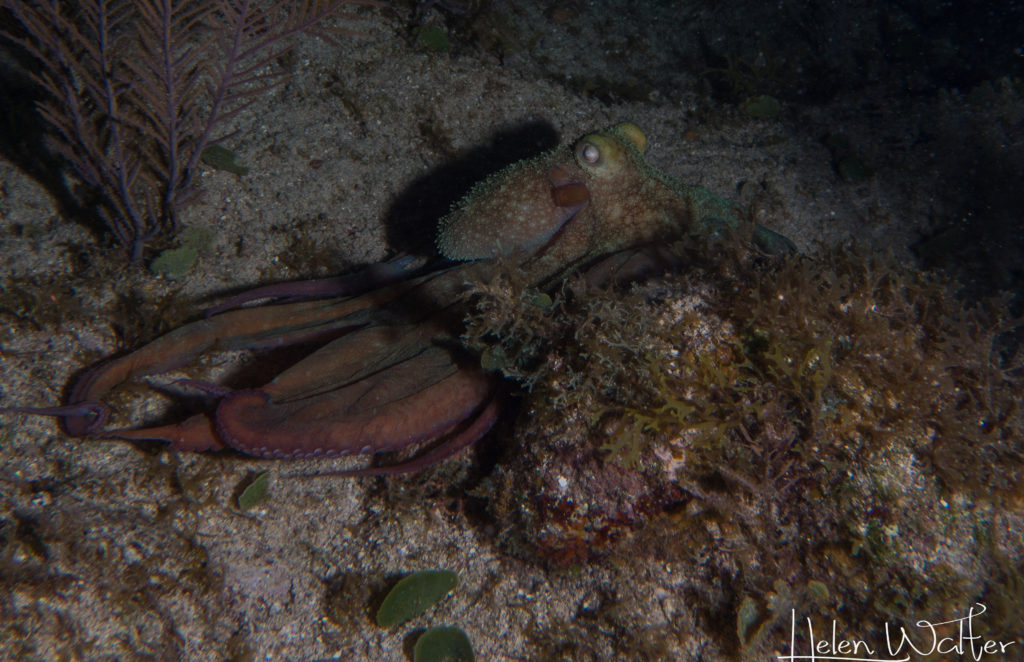
They saw first hand how fish can blend into sand or coral while they sleep. The best example that they saw, was a parrotfish blending into the sand. It had begun a tan coloration but still retained about half of its blue green coloration that it bares in the daytime.
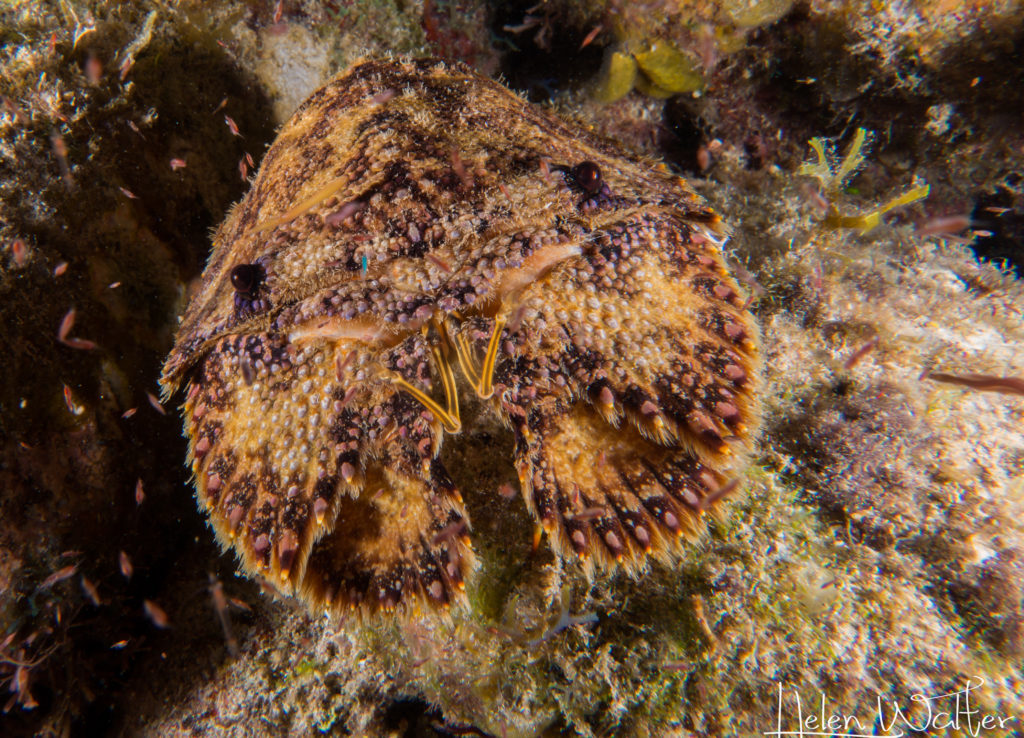
Overall, the students had a good first night dive despite there being some light troubles. It was a good day of diving. Everyone came back wide eyed and bubbly despite how exhausted they all were. It was time for a good night sleep to be rejuvenated for the wreck dive tomorrow.
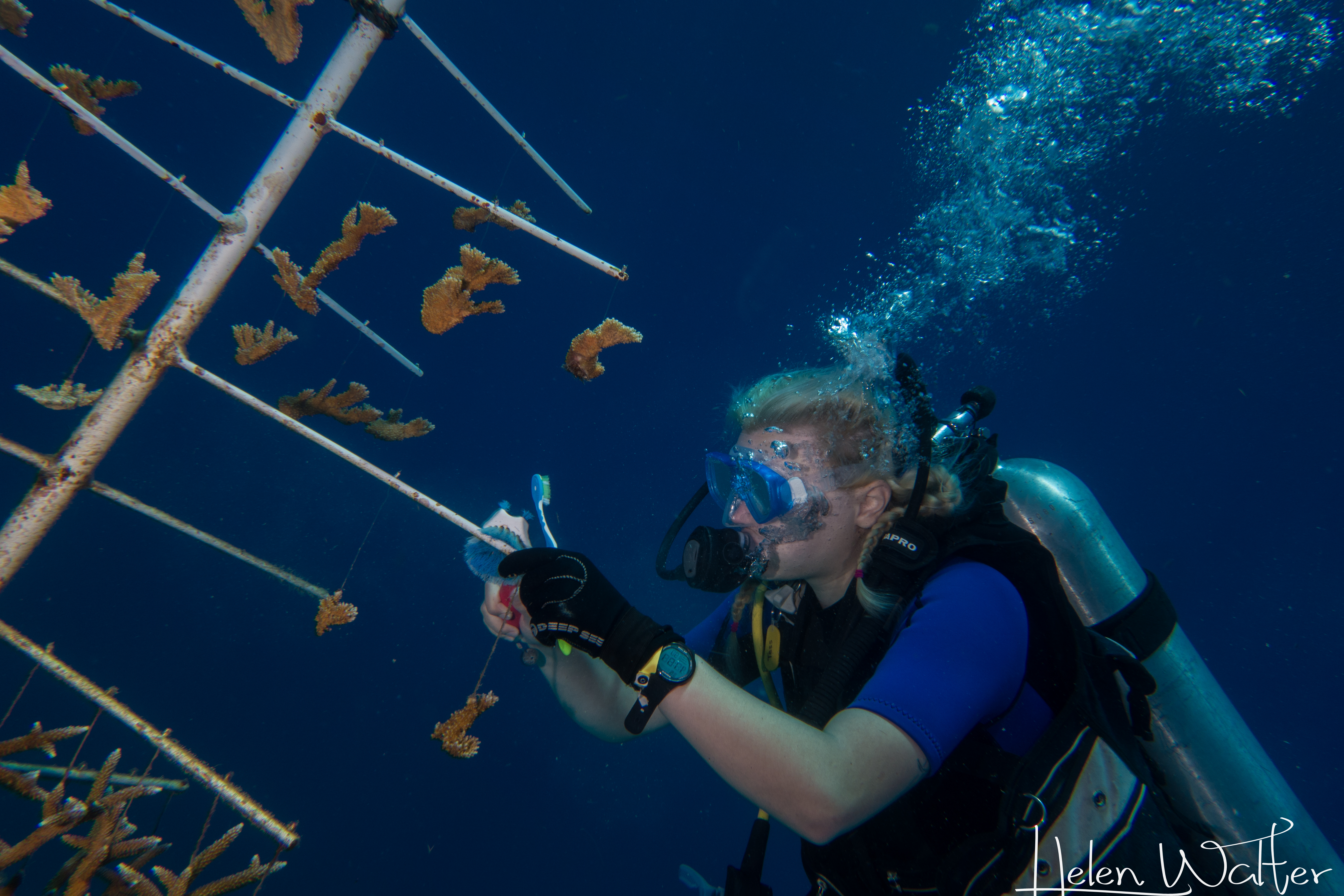

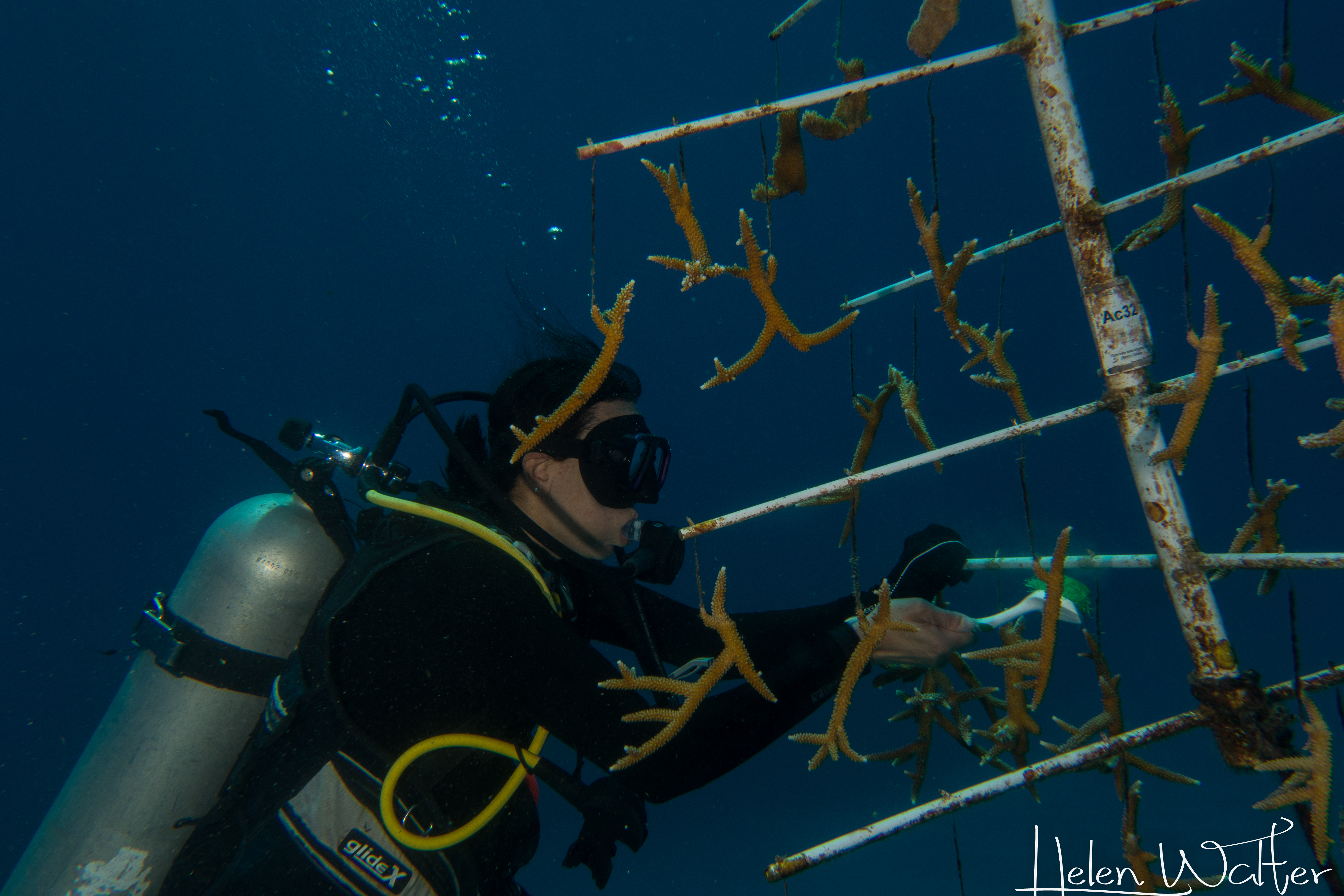
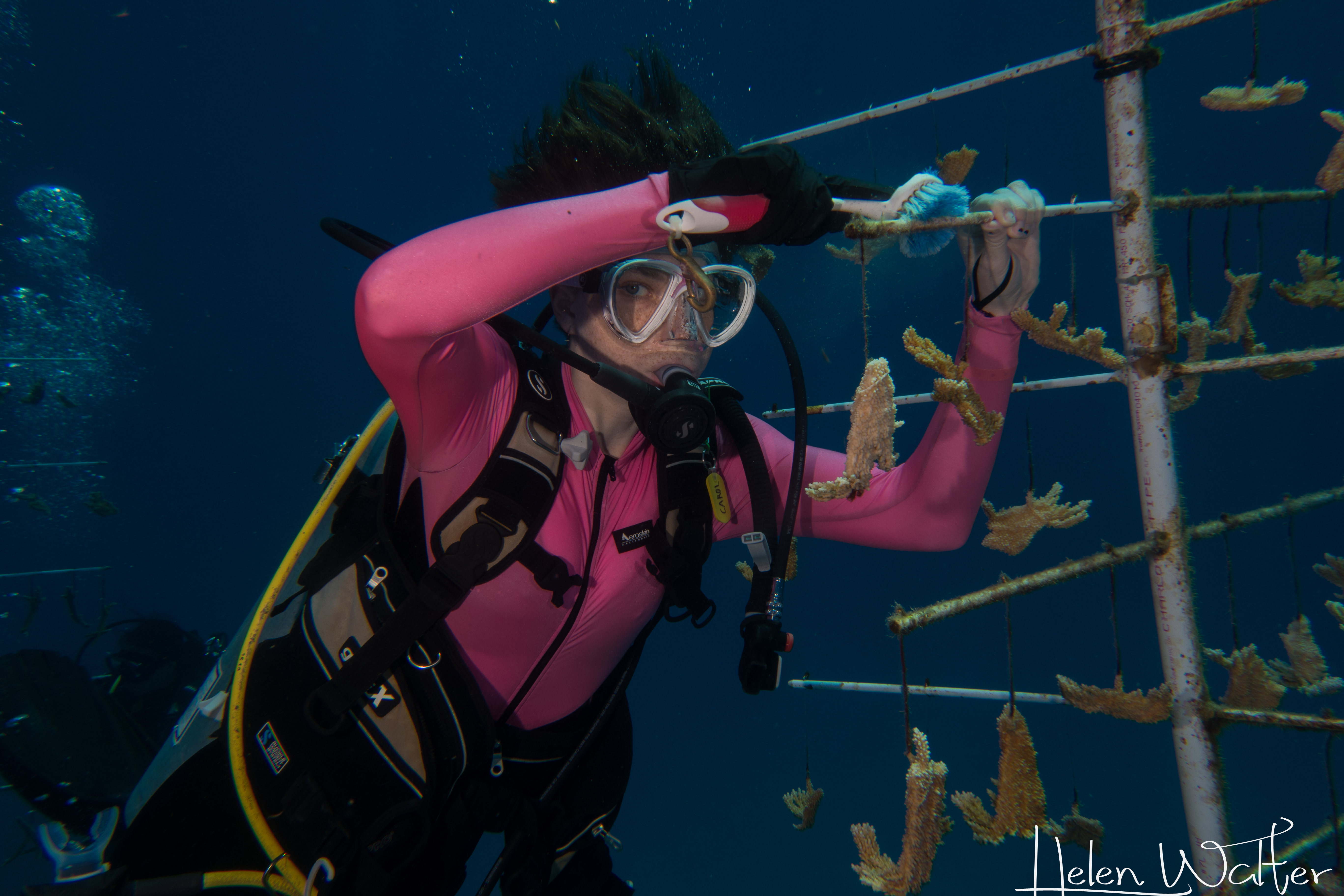






2 Responses
So interesting to read and see what’s happened during this trip.
Hello! Thanks for following us. I’m a bit behind. We’ve had a busy two days, but I’ll work on another post for the remaining days very soon! 🙂